Samsung to Invest $5 Billion Under Plan to Tame Emissions
Samsung Electronics Co. will invest 7 trillion won ($5 billion) in green initiatives and call on South Korea to tackle high costs of clean energy as the electronics giant looks to reverse a rise in emissions and zero out direct pollution by mid-century.
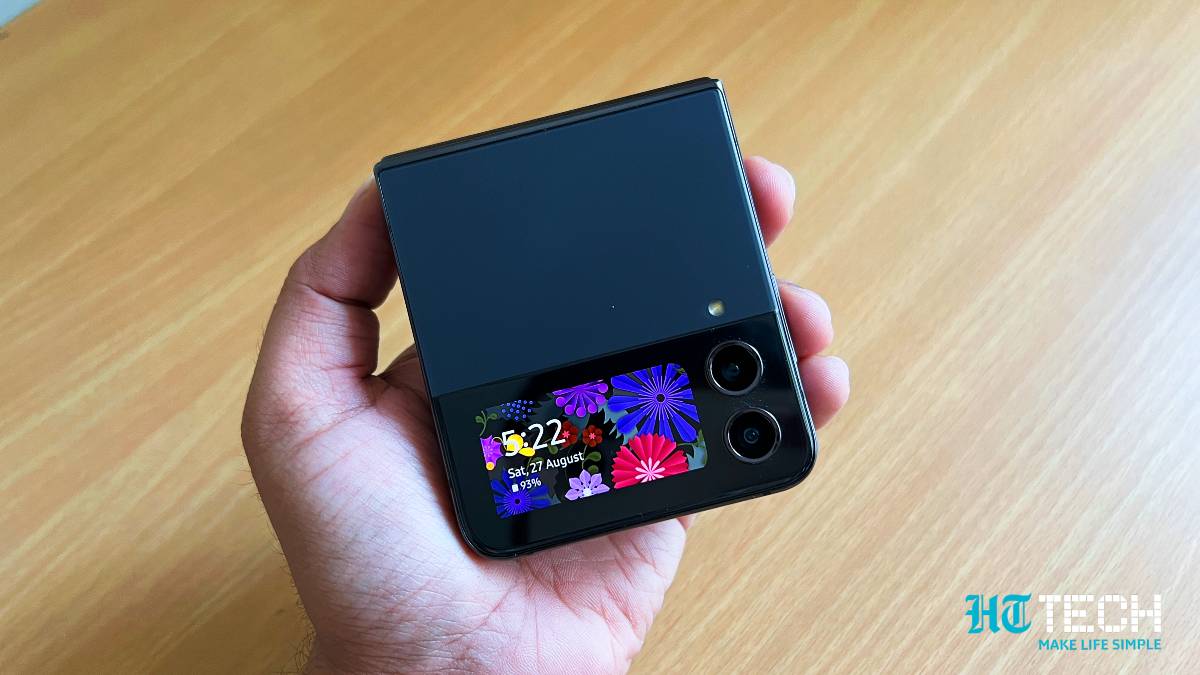
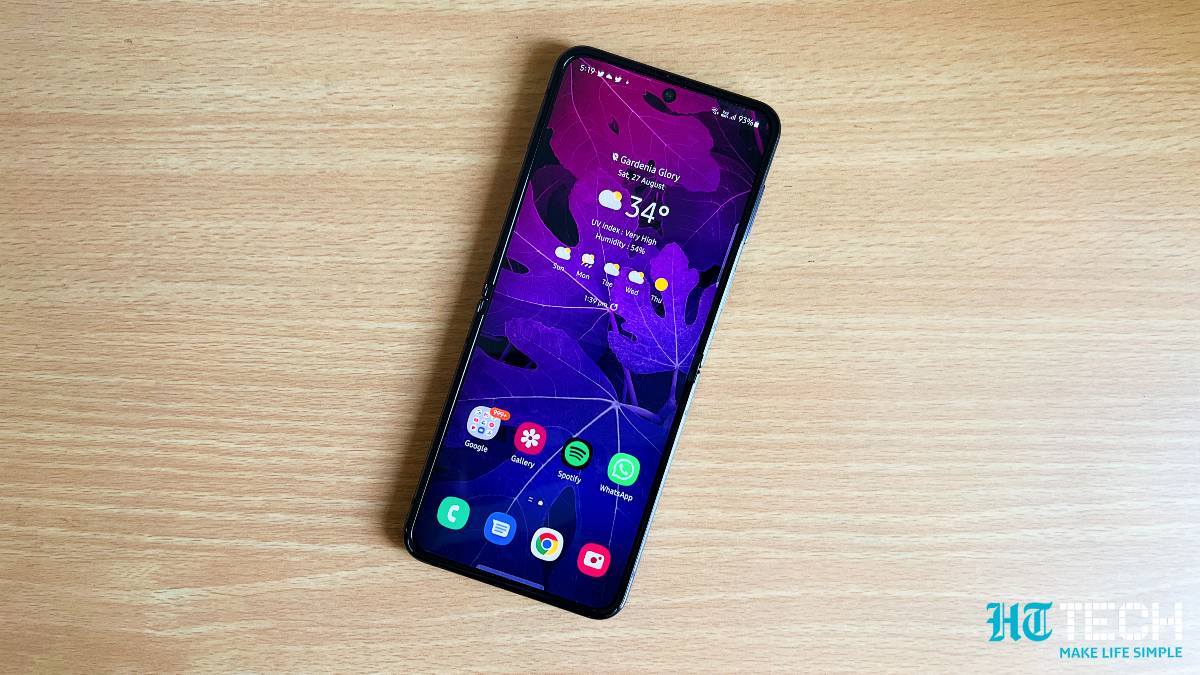
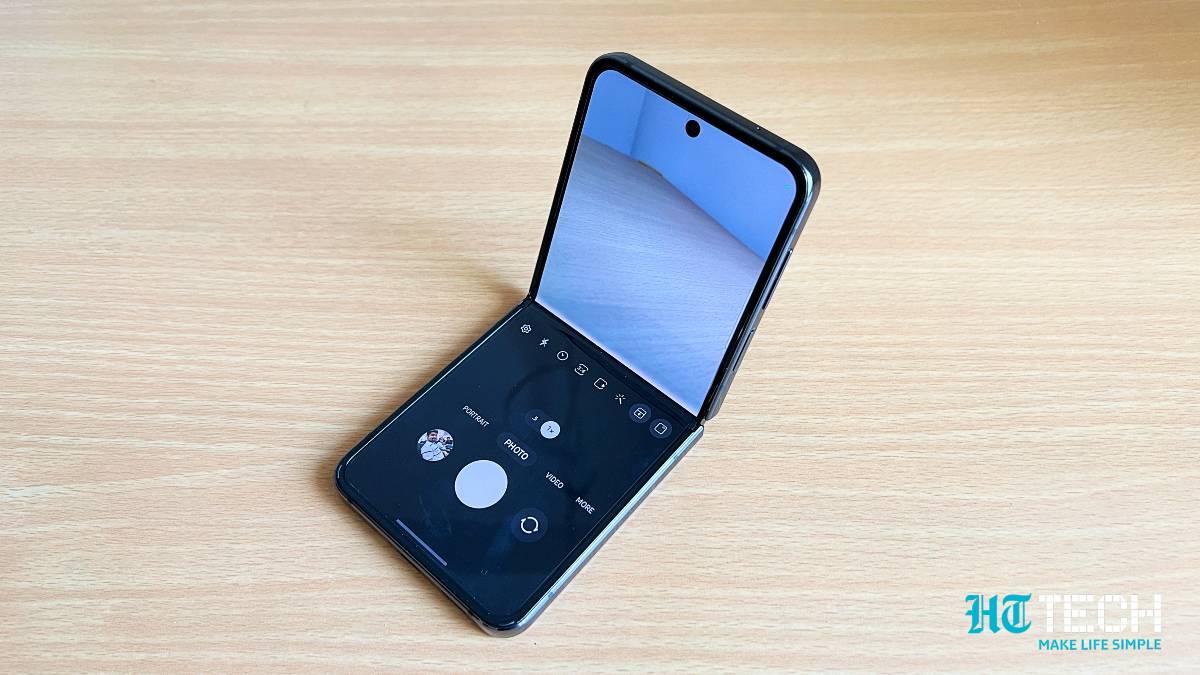
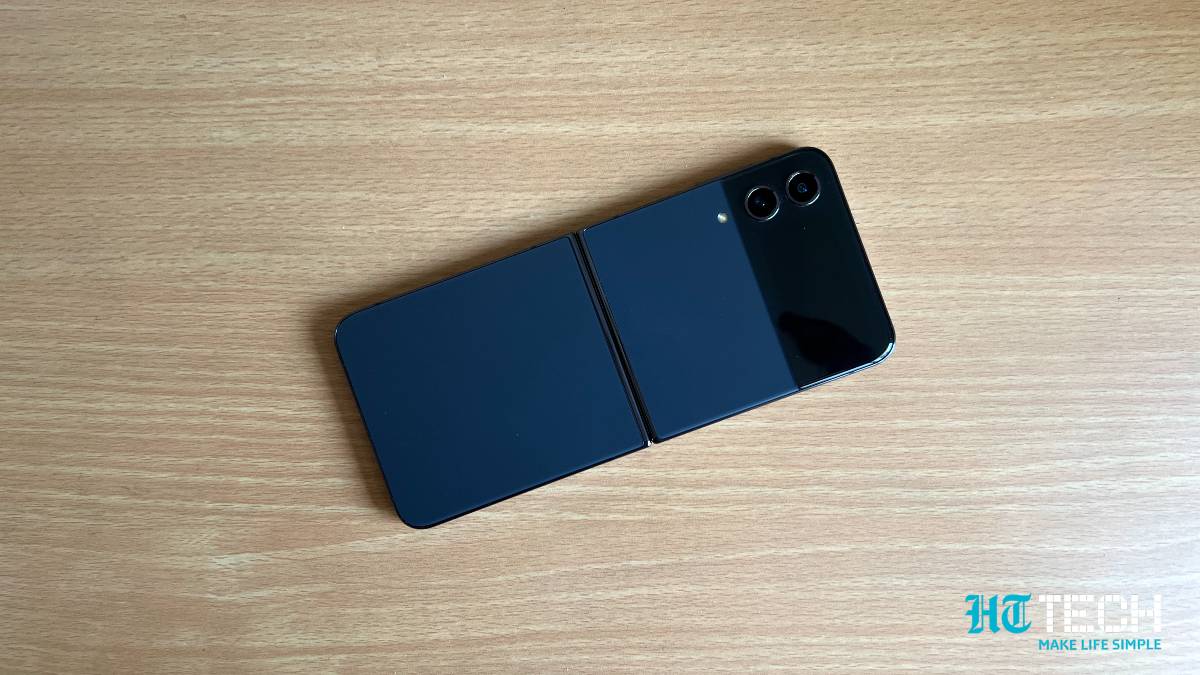
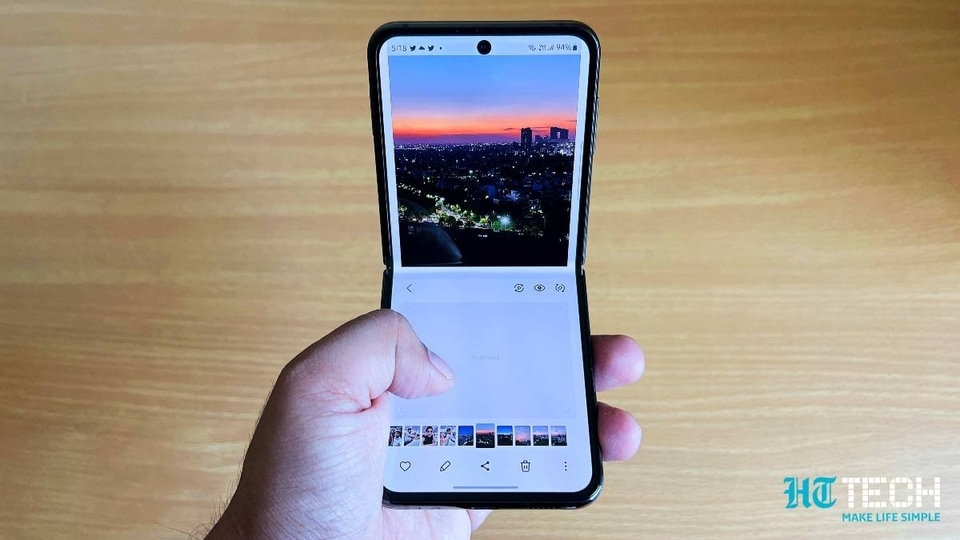
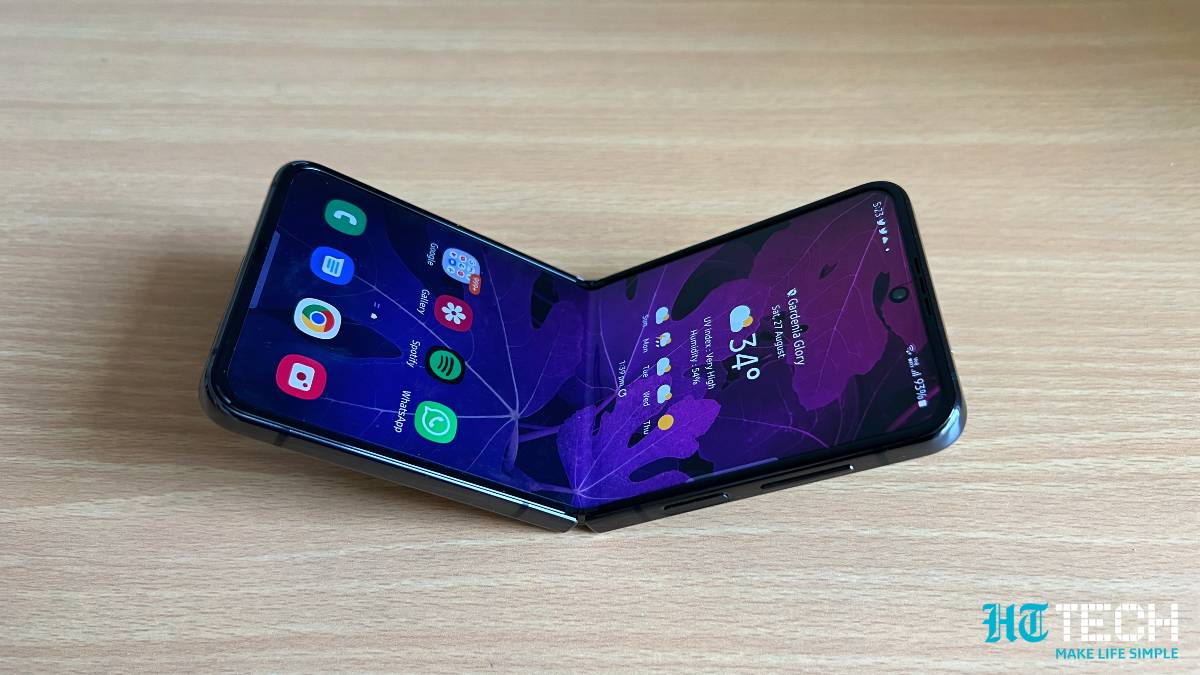
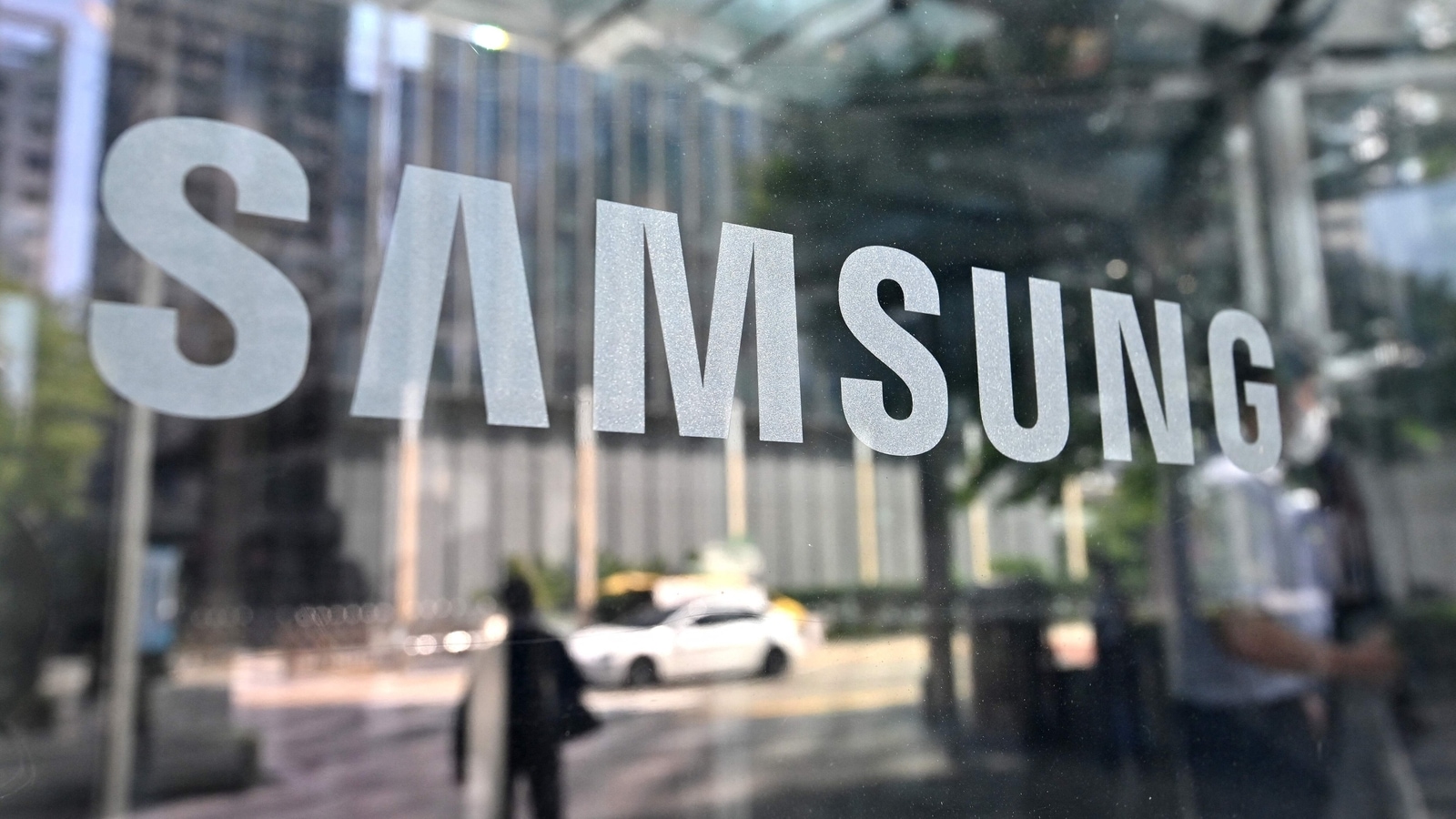
 View all Images
View all ImagesSamsung Electronics Co. will invest 7 trillion won ($5 billion) in green initiatives and call on South Korea to tackle high costs of clean energy as the electronics giant looks to reverse a rise in emissions and zero out direct pollution by mid-century.
The world's largest memory-chip maker, which has seen its climate footprint swell in recent years as it has expanded energy-intensive manufacturing lines, plans to eliminate Scope 1 and 2 carbon emissions. Samsung has not developed goals to reduce Scope 3 pollution like some peers, though intends to set targets in the future.
South Korea's biggest company also aims to switch overseas factories entirely to renewable electricity within five years, though argues it can't yet pursue a similar target for its most energy-hungry domestic plants -- which account for the majority of production -- because of constraints on the availability of clean power in the fossil fuel-reliant nation.
Samsung has long been criticized by investors and activists over a slower approach to climate action than industry peers such as Apple Inc., which said in October it had cut emissions by 40% over the past five years and is pressing suppliers to use only renewable energy.
“Addressing climate risks has been particularly challenging with our complex business portfolio,” Kim Soojin, head of ESG strategy group at Samsung Electronics, said in an interview. The firm's status as a manufacturer of a wide range of electronics and its extensive supply chains, mean “the environmental pressure on our shoulders has been extremely heavy,” she said.
A new strategy announced Thursday includes spending on carbon capture and storage, measures to reduce water consumption and the release of gases during semiconductor manufacturing, work to boost the energy efficiency of its products and improvements to the collection of electronic waste for recycling. While cutting direct emissions is a priority, Samsung will also consider the use of offsets in voluntary carbon markets, Kim said.
As the biggest electricity user in South Korea, Samsung's key challenge remains the country's grid. Fossil fuels accounted for more than 65% of electricity generation in 2021 and plans are being studied to scale back proposals for more renewables as President Yoon Suk Yeol's government touts a potential longer-term build out of nuclear power.
Samsung's operations consumed 32,322 gigawatt-hours of energy in 2021, including 25,767 GWh of electric power, the company said in its most recent sustainability report. That compares with South Korea's wind, solar and hydro power generation of 31,323 GWh in the same year, according to data compiled by BloombergNEF. The company's emissions have risen in recent years as a direct result of the installation of new semiconductor manufacturing lines, according to its report.
Competition for renewable electricity is also likely to rise with all of South Korea's key conglomerates now pledging to run their operations using solely clean energy. Coal and gas remain cheaper in the nation than new solar or wind generation, according to BNEF data.
Samsung will ask Yoon's administration for more help. “We're planning to voice industry-wide concerns over higher cost of renewable energy, and ask for the government's policy support for the development of various climate-related innovations,” Kim said.
Under its new climate strategy, the company will also join RE100, a global initiative in which members commit to eventually use 100% renewable energy.
“Samsung signing up for declarations like this might be a step in the right direction, but a vague 2050 target leaves shareholders with more questions than answers,” said Kiran Aziz, head of responsible investment at KLP, Norway's largest pension fund, which holds Samsung shares and has about $80 billion of assets under management. “Scope 3 emissions are crucial and having them missing from a target points to another obvious weakness in this announcement.” Samsung declined as much as 1.1% in Thursday trading.
Local plants for consumer electronics will move to 100% renewables by 2027, Samsung said in its statement. The company aims to run its semiconductor operations entirely on clean sources by 2050, according to Kim.
“The Korean government isn't doing much to support companies, putting the entire economy at risk of losing its industrial competitiveness,” said Hong Jong Ho, a professor at Seoul National University Graduate School of Environmental Studies. “With Samsung's enormous influence, it should be the one playing an advocacy role in enforcing the government for policy changes.”
Catch all the Latest Tech News, Mobile News, Laptop News, Gaming news, Wearables News , How To News, also keep up with us on Whatsapp channel,Twitter, Facebook, Google News, and Instagram. For our latest videos, subscribe to our YouTube channel.
































